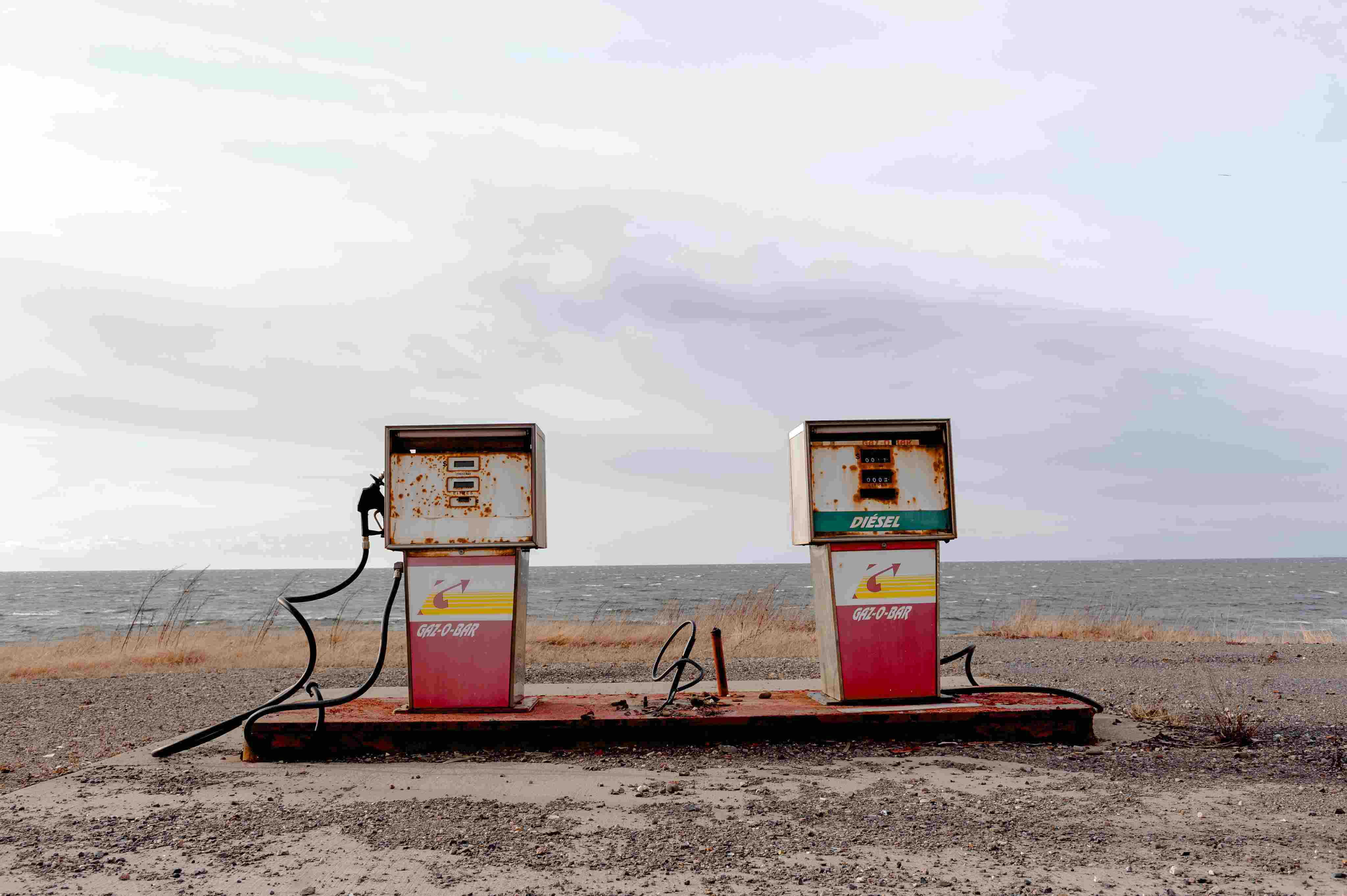The Library of Things where you can borrow anything you need
The Library of Things tries to avoid the unnecessary production and purchase of objects of little use which later end up just stored away in a drawer
Londoners don’t only go to a library to borrow books. They also borrow power drills and sewing machines, tools you only need to do very specific tasks, for a short time, for a small fee. This is what is known as the Library of Things, a place that promotes the circular economy and an attractive alternative to shopping alone.
What will I learn from this article?
What is a Library of Things and how does it work?
 Emily is undertaking a modest reform of her home. She is doing everything herself: from buying the materials to carrying out the simple jobs. But she doesn’t have all the tools she needs. Today she plans to paint the walls, so she needs an extendable ladder to reach all corners safely.
Emily is undertaking a modest reform of her home. She is doing everything herself: from buying the materials to carrying out the simple jobs. But she doesn’t have all the tools she needs. Today she plans to paint the walls, so she needs an extendable ladder to reach all corners safely.
She goes to the library in her area and, in just a few minutes, she’s already home with the ladder to continue her reforms. The Library of Things is an initiative in local communities which lends objects instead of books from a conventional library. These objects might be anything from garden tools to sports gear, toys or electro-domestic equipment, to name but a few.
The aim is to foster the circular economy and reduce excessive consumption and accumulation of objects we don’t use. It is based on the “lend instead of buy” principle and not only helps to reduce environmental impact, but also promotes community belonging and mutual learning.
“The Library of Things aims to foster the circular economy and reduce excessive consumption and accumulation of objects we don’t use”
This is not a new phenomenon. During the Great Depression of the 20th Century, toy libraries opened in the United States. And the first library of tools, still open today, appeared in Grosse Pointe Farms, Michigan, in 1943, with the intention of offering training to young people.
Rent, and by doing so, promote the circular economy
Think on it! How many times a year do you use a power drill? Is it really necessary to keep one at home? Our homes are full of equipment we hardly use, although it might be useful for occasional specific tasks. Instead of 100 drills doing nothing in 100 homes, would it not be better sharing one among all of us?
This way, we save space, money and resources. The Library of Things is an alternative to the linear economy model, dominant until now and based on the logic of extract, make, use and throw away.
Alternatively, the circular economy implies a sustainable focus that seeks to maximize the use of natural resources and minimize environmental impact. This it achieves through reuse, repair and recycling of products and materials, a concept closely linked to the functioning of the Library of Things, which aims for the same tool or utensil to be reused as much as possible by the maximum number of people.
“The circular economy implies a sustainable focus that seeks to maximize the use of natural resources and minimize environmental impact”
If we continue to exploit resources as we do today, in 2050 we will need the resources from three planets like Earth, not one. It is also foreseen that waste generation would increase by 70% per year. Not to mention, as the European Union points out, half all greenhouse gas emissions, and over 90% of biodiversity loss and water stress, come from resource extraction and processing.
The planet urgently needs measures that help mitigate these consequences. The Library of Things helps people to save money and reduce waste through affordable hiring of useful items from local places - and helps neighbors share, and create communities.
Source:







